Occasional but can be found in great numbers towards the end of the season when lucky enough to find them.
Home / Mushroom Guide /
Winter Chanterelle
Winter Chanterelle
| Mushroom Type | |
| Common Names | Trumpet Chanterelle (EN), Winter Chanterelle (US), Yellow Foot (US), Siantrel Cornffurf (CY), Pieprznik Trąbkowy (PL), Tölcséres Rókagomba (HU) |
| Scientific Name | Craterellus tubaeformis |
| Synonyms | Cantherellus tubaeformis |
| Season Start | Aug |
| Season End | Dec |
| Average Mushroom height (CM) | 4-7 |
| Average Cap width (CM) | 3-5 |
Cap
3-5 cm. Convex with a depression in the centre when young becoming funnel-shaped with irregular edges. A hole in the centre can run right through to the hollow stem. Dark yellow/brown to orange/yellow.
Gills
Pale yellow/brown. Not crowded, irregularly branching and running down the stem, decurrent. These are not true gills but folds.
Stem
3-6 cm long, 0.4-1.5 cm diameter. Yellow, cylindrical to irregular and hollow. Can have a vertical depression making the stem look like a pair of yellow legs. The stem generally tapers towards the base.
Habitat
Mixed woodland and coniferous forest on moss or rotting wood. Found more in mossy Beech woods.
Possible Confusion
Other Chanterelles but these are edible.
The Jelly Baby (Leotia lubrica), pictured, looks similar but does not have gills and has a bulbous cap rather than a slight funnel shape. This mushroom is considered poisonous or inedible in some guides, edible in others, best avoided.
Spore Print
Off-white. Subglobose.
Taste / Smell
Excellent, stronger but less sweet than Chanterelle (Cantharellus cibarius).
Frequency
Common.
Other Facts
In March 2025 the IUCN (International Union for Conservation of Nature) added 1000 fungal species to the IUCN Red List of Threatened Species. The IUCN (Global) Conservation Status of Winter Chanterelle (Craterellus tubaeformis) is: LC – Least Concern, without knowing with certainty if the population is stable or decreasing at the moment. For more information, see on the following link.



 (53 votes, average: 3.66 out of 5)
(53 votes, average: 3.66 out of 5)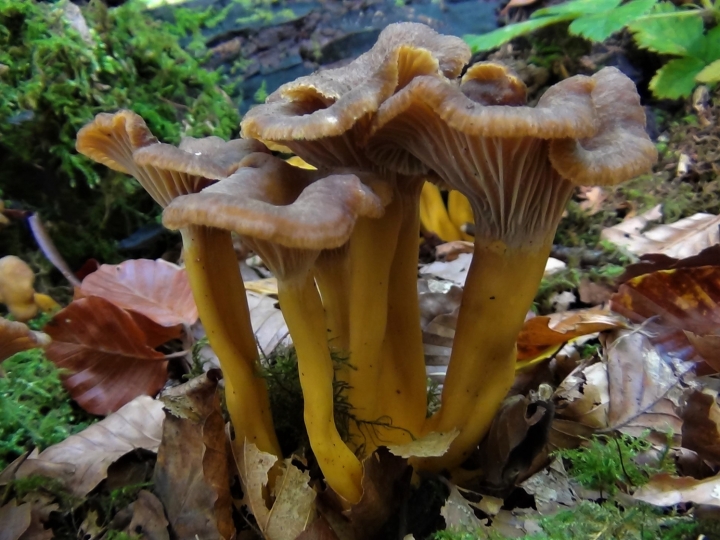















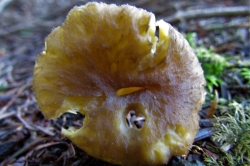
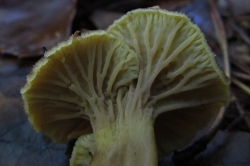
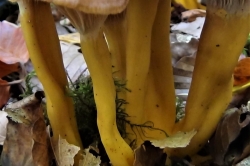
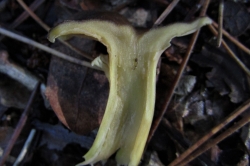
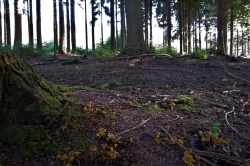
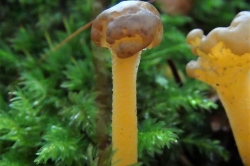

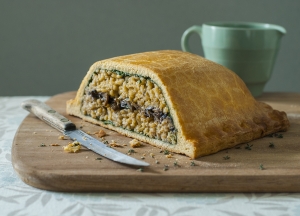

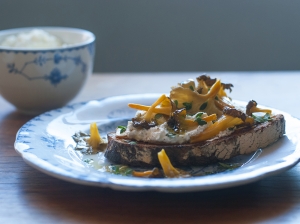
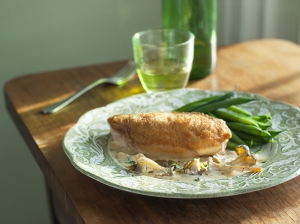








Leave a Reply